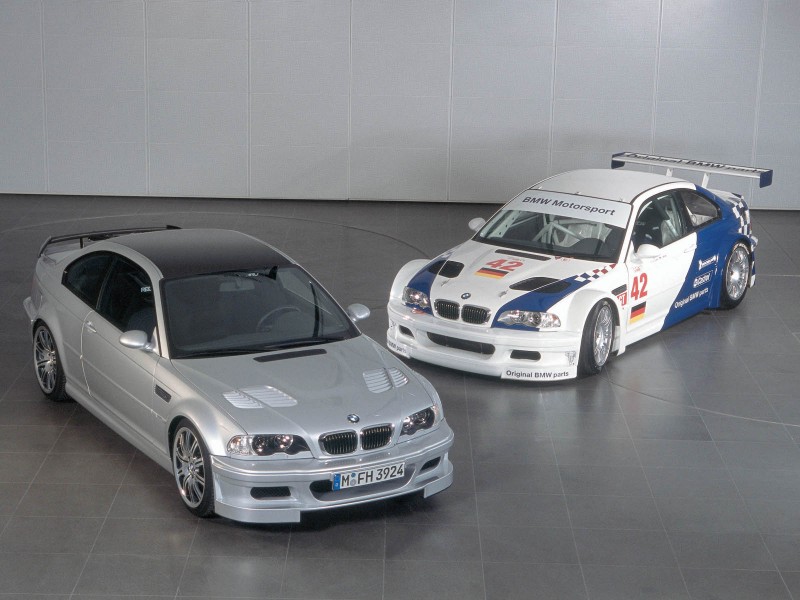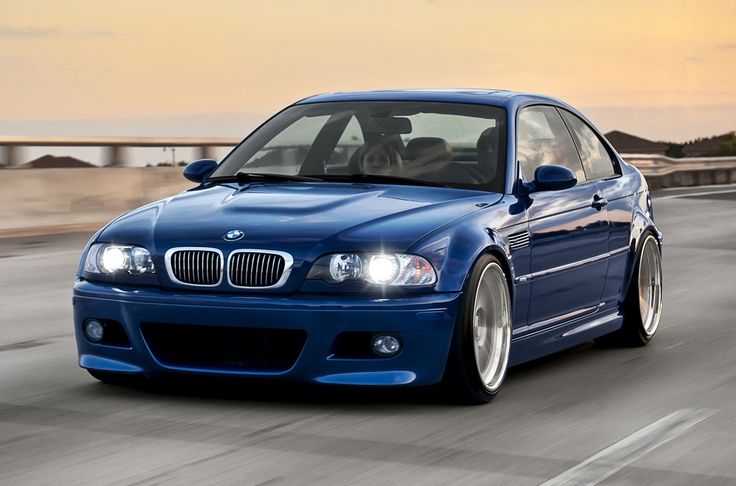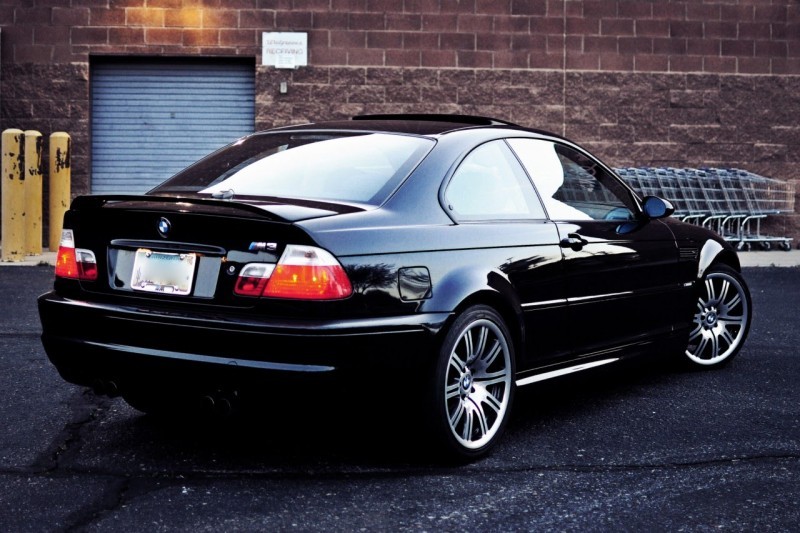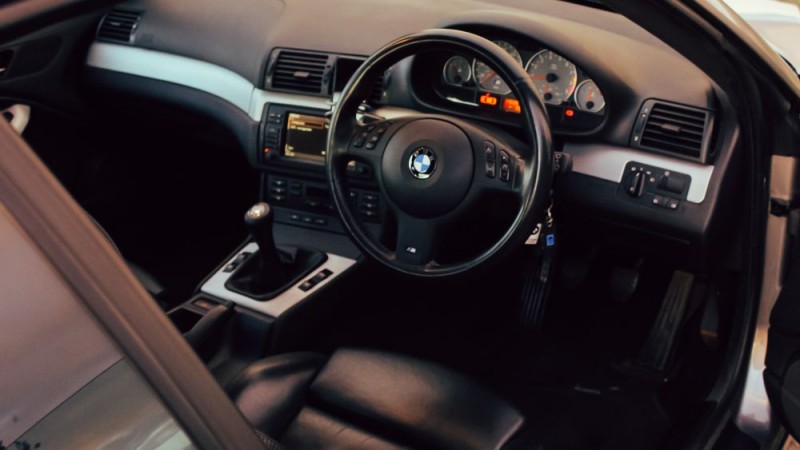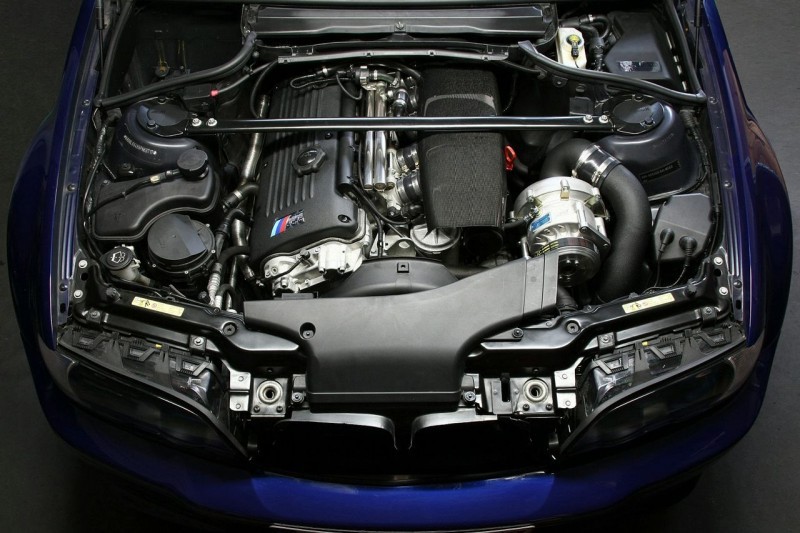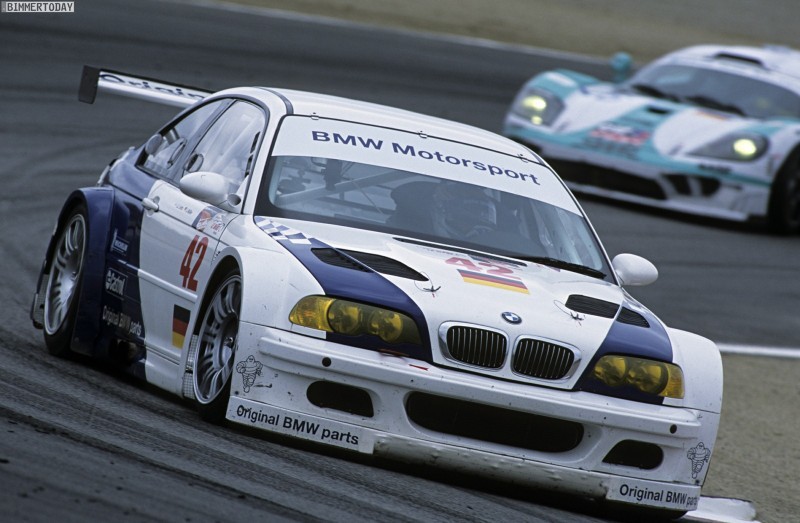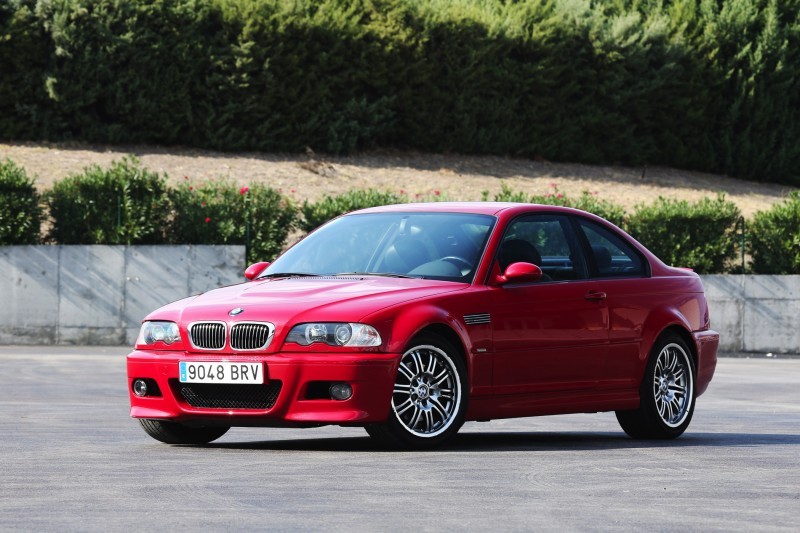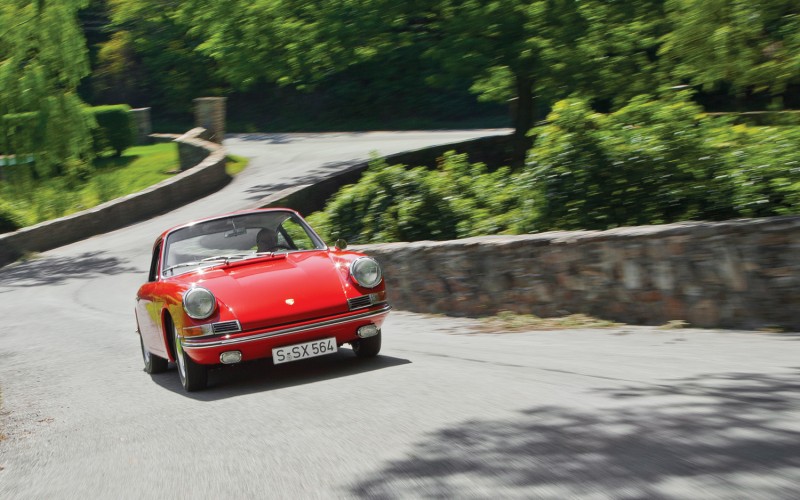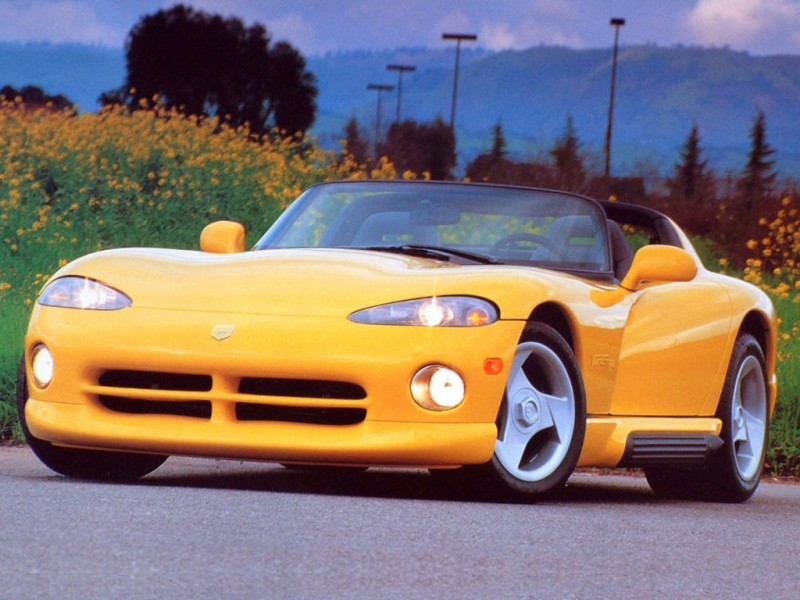The philosophy and branding vernacular BMW use to describe their M3 is deeply seeded in the original M3 (E30). However, the newest M3 models are who they are because of the generation that came out 15 years after the patriarchal E30 began it all.
When BMW launched its third generation of the M3, the E46, in 2000, its release was not a shock to the world’s automotive enthusiasts. For years, the M division had been growing exponentially with fame thanks to the E30’s and E36’s incredible racing prowess. However, those two cars are far removed from the styling and ethos that would go into their 3rd execution of the car, and even further from what would be its successors. With the E46, BMW had finally found its groove and brought to market, the perfect blend of real-world practicality; subtle, sporty looks; and the sublime performance that enthusiasts lust after.
Munich – The ///Motor City
Unlike the BMW M5 (E60), which had a bespoke engine, the M3’s block was the last hurrah for the iron-built S50 straight-six that first saw use in the previous generation M3 (E36). Called the S54, it was bored out to 3.2 liters, equipped with BMW’s VANOS (variable valve timing), had all-new engine electronics, lighter weight cylinder head covers, lightweight rocker arms, and modified camshafts. All the upgrading done by BMW’s black-ops like M division endowed the new M3 with 333-343 horsepower, depending on your country code.
Sending that power to the pavement was just a matter of two similar choices. For the traditionalists, a 6-speed Getrag gearbox with an M-spec differential was only ever going to be the correct choice. Nevertheless, in 2001, BMW could send you out an M3 with a new-and-improved Semi-Manual Gearbox, or SMG II. It was for all intents the same as the 6-speed manual gearbox but was coupled to an electrohydraulic system that operated the clutch via computer monitoring. With 11 different driver settings and a launch control function, it is not surprising that a 2009 Road and Track magazine article named the 2006 BMW M3, with an SMG II, their favorite sports car of all time!
An Inspirational Appearance
While the motor and transmission of the M3 earned it many performance accolades from critics, the most memorable aspect of the E46 was in the styling cues that would endure to future models. The easiest way to recognize an E46 M3 is by the front side grills that help vent air away from the car. They are an homage to the BMW E9 of the 1960s & ’70s and were a first for the M3 on the E46, and side vents can now be found on every M3 since. Increased by almost an inch the fenders in the front and rear are wider, crafting a stout, broad-shouldered appearance.
Another first for the M3 design was the “power dome” hood bulge, which as it sounds, pushes the center of the M3’s hood up for a powerful, more purposeful look. Other special touches would include aerodynamically styled mirrors, a pronounced rear spoiler, a revised front bumper, a revised rear bumper, and quad exhaust tips.
If the exterior of the M3 appears uncannily similar to a standard three series, then the interior will be even harder to distinguish. With no physical alterations to the interior, over its more mundane siblings, only a trained eye will notice the M touches. For instance, the tri-color stitching on the 3-spoke M steering wheel. Gray-backed instrument dials with red needles and a small M badge dress up the instrument cluster. The door sills sport M monikers as does the shift knob, but all of these badges are discrete and nicely blended into the styling of the car. The biggest alteration to the interior was the sports seats that came with more pronounced lateral support.
The More the Merrier
Outside of the coupe and cabriolet M3, there were three other model variations available for customers – sort of.
In 2001, BMW launched the M3 GTR; so that they could continue their participation in motorsports. However, during their first season, they came under intense scrutiny from the competition. Homologation regulations state that a participating car cannot use an engine that is unavailable on the standard car, and BMW had dropped in a V8. So, as not to be ousted from their successful season, BMW quickly prepared and sold 10 M3 GTR to the public, the minimum required.
Nevertheless, during the next season, the American Le Mans Series altered those rules by mandating that 100 cars were produced for homologation into the series – BMW withdrew their entries. All ten public units were then returned to BMW’s home in Munich, Germany.
The next variation was the CSL, standing for (Coupe Sports Leichtbau) or (Coupe Sports Lightweight). Manufactured only in 2004 there were 1,400 of these lightweight models sold to the public, and none sold in the US.
The focus of these cars was not to strip massive amounts of weight out but to better balance the vehicle by removing weight in particular areas. No power seats, no navigation, less sound insulation, and air conditioning and radio were offered as zero-cost add-in options. Coupled with those measures were parts manufactured out of carbon fiber, such as the roof, the front splitter, the rear diffuser, and interior paneling. All of these dieting measures saved 110 kg (240 lb) of weight from the CSL.
Other unique touches included a revised front bumper with a hole that worked as a ram-air scoop to the intake, lighter weight BBS wheels, thinner rear glass, glass-reinforced plastic side windows, unique dampers and springs, revised steering ratio, and different front brake discs and rear caliper sizes. Finally, performance upgrades included sharper cams, a bigger intake, and a revised exhaust. With all of those, the car gained 17 more horsepower and five lbs-ft of torque that went to the only available transmission – the SMG II.
The last variation was the M3 Competition package. Since US buyers wanted the CSL, but never got their way, BMW made this package a $4,000 option for them, and it was also available elsewhere. It was, in essence, just some of the bolt-on modifications from the CSL offered as a package. Included in that package were the same enhancements to the brakes, the revised electronic aids, 19” BBS wheels, and the interior trim pieces all from the CSL.
A Concrete Crushing Conclusion
“What’s the new M3 like to drive? A tach-pegging, tire-abusing, power-sliding, apex-hitting, ear-pleasing, ultra-precise high-speed thrill ride would be one way to describe it,” said Motor Trend regarding their drive-in an E46. The E46 M3 would win countless victories against its rival street cars in performance and luxury tests during its six-year lifespan. In all, 85,000 E46 M3 would be produced worldwide, so they are far from an exclusive collectible. However, the driving experience and styling that BMW created with that car would become the muse of all the future M3 models, so it is quite iconic. One could consider the E46 is to BMW’s M3 lineage as a now-famous sculpture, painting, piece of music, or another artistic work is to the artist who made legendary – their Magnum opus.
Specifications:
- Years – 2000 – 2006
- Layout – Front Engine
- Drive – RWD
- Body Style – Coupe / Cabriolet
- Seating – 4
- Motor – I-6
- Displacement – 3.2 liters
- Power (hp) – 333-343 (US/EU) / 355 (CSL)
- Torque (lbs-ft) – 260-270 (US/EU) / 274 (CSL)
- Transmission – 6-Speed manual / 6-speed Semi-manual
- Wheelbase – 107.5 in (2,730 mm)
- Weight – 3,415 lb (1,549 kg) (Coupe)
- 0-60 mph – 4.8 – 5.1 seconds (coupe – both transmissions)
- Top Speed – 155 mph (250 km/h) (limited)

